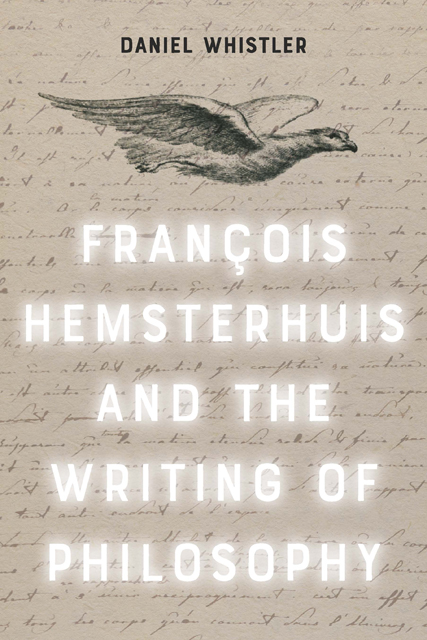Chapter Six - The Archaic and the Prophetic
Published online by Cambridge University Press: 03 June 2023
Summary
There are wishes and desires which are so little suited to the conditions of our earthly life that we could surely suppose a state in which they gain powerful wings, take to some element by which they are lifted up and [discover] some island where they could come to rest.
Novalis, Hemsterhuis-Studien (1960–2006: 2.373)§23 Dreams and Shadows
The previous chapter described ways in which the late Hemsterhuis holds the present and the past at a distance from each other, as well as the ways in which these disjunctions place the reader within a digressive loop, as it were, moving away from the present and into an alternative past. In other words, it showed how Hemsterhuis criticises the present by shifting to another era and to another tone, generating an outside from which to hold the present to account.
Such a holding-apart of the present and the past in a critical relationship is, however, but one of the time-images at work in the dialogues. In this final chapter, I want to elucidate three more such images, that is, three further configurations of modes of time in Hemsterhuis’ dialogues. These are, it must be admitted, marginal images which exist at the fringes of Hemsterhuis’ philosophy, which appear fleetingly within the dialogues and which are accordingly far less visible than Hemsterhuis’ strategies of ‘critique by anachronism’; nevertheless, all three do significant philosophical work and they can be enumerated as follows: (1) the condensation of the past into the present, so that the two forms of time come together in the shortest possible loop, instead of the longer loops described in the previous chapter; (2) the staging of a past world absolved from relation to the present, that is, a sterile, absolute world cut off from presentation; (3) the premonition of perpetual becoming into the future which exceeds any past or present moment. This third time-image forms the subject matter of §24; the present section traces the initial condensation-image and the world-image in Hemsterhuis’ post-1775 dialogues.
1. One of the ways to begin outlining these three marginal time-images is through Hemsterhuis’ scattered remarks on dreams, for he speaks of three kinds of dream experience that very roughly map onto the above three textual images.
- Type
- Chapter
- Information
- Francois Hemsterhuis and the Writing of Philosophy , pp. 245 - 264Publisher: Edinburgh University PressPrint publication year: 2022



